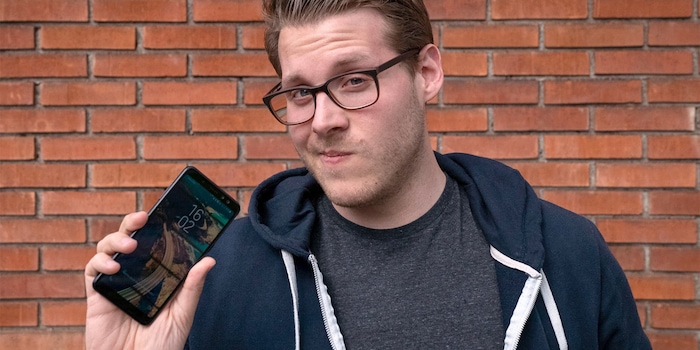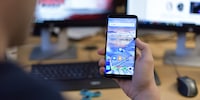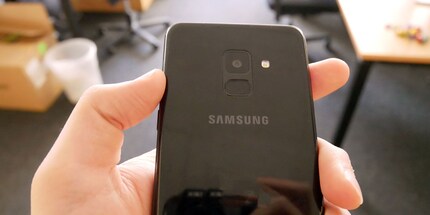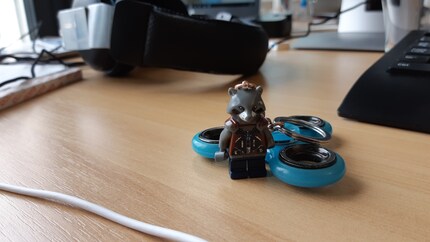

Samsung Galaxy A8: The phone is okay
The Samsung Galaxy A8 was marketed as the "Olympic phone". Well, the smartphone has lost nothing at the top. But it will still find its audience. Because it really is okay.
A new phone is on my desk. I'm not very enthusiastic about it. Not yet. Because its appearance says it all: completely unspectacular, but okay. A look at the features is anything but exciting. At this point, I have no idea that I will take the phone to my heart after a few weeks of use.
The mid-range phone that has been there before
But from the beginning. The Samsung Galaxy A8 is supposed to be a slimmed-down version of its big brother, the Samsung Galaxy S8. It therefore costs less. But before I can tell you why the price reduction might be worthwhile for you, I would like to clear up a clusterfuck: Samsung already used the product name A8 two years ago, and the complete name of the device I am testing here is therefore "Galaxy A8 2018". Why does the manufacturer from South Korea do this?
No idea, but okay...
You may already know the technical specs. For the sake of completeness, you can find them listed here again.
The scope of delivery includes a Quick Start Guide, a USB charger and USB charging cable.
The first steps with Design-Check
As soon as I take the phone out of its packaging, I realise how good the design is. In other words, it feels good in the hand, doesn't hurt anyone and looks stylish too.
But: "No Infinity Display", I realise.
The small block weighs 172 grams, putting it at the upper end of the latest generation of mobiles. It's not even particularly big, but a little too thick for my taste. Then I hold my finger up to the sensor on the back of the phone. The 5.6-inch screen comes to life.
"But hello," I exclaim.
I'm slowly warming to the Olympia Phone.
The mid-range in everyday use
And what about the camera?
The ƒ/1.70 aperture is quite low for this price category - in other words: okay - which means that you can take photos that don't look blurred even in low light. However, it lacks the "Live Focus", which allows you to take photos of sharp subjects in front of a blurred background. With other manufacturers, this mode is also known as "Bokeh mode" or "Portrait mode".
High resolution and beautiful colour reproduction
Depth of field that is not artificial (bokeh effect)
I find the Pro mode quite okay. If I want, I can adjust the ISO, brightness compensation or white balance myself. Here is an example of where I benefited from Pro mode:
The colours in the photo look relatively cold
In Pro mode I switch the white balance to 5500 K
This photo was taken without a filter
Of course, the phone can't quite keep up with the Pro mode of Huawei's competitors. But the menu is clear and self-explanatory - Nokia's looks much more complicated.
Conclusion - It's all really okay
I think the phone is okay. Spectacularly unspectacular, but okay. For the price, you actually get an okay overall package:
- The design is okay
- The performance is okay
- The battery life is okay
- The camera is okay
The only thing I didn't like about the Galaxy A8 was the Amoled display. Because it's good. Even better - damn good. The colours are bursting with brightness and I already know that I never want to be without Amoled again. But there is one disadvantage: my photos often look better on my mobile display than they do later on the computer. This always leads me to massively overestimate my abilities as a photographer.
Be that as it may, I'm delighted with the display.
What I really don't like, however, is the smartphone's internal storage capacity. Not that life with an additional microSD card is unreasonable, but the 32 GB is too little for me - hashtag first-world problems.
Cover photo by Dominik BärlocherI write about technology as if it were cinema, and about films as if they were real life. Between bits and blockbusters, I’m after stories that move people, not just generate clicks. And yes – sometimes I listen to film scores louder than I probably should.












